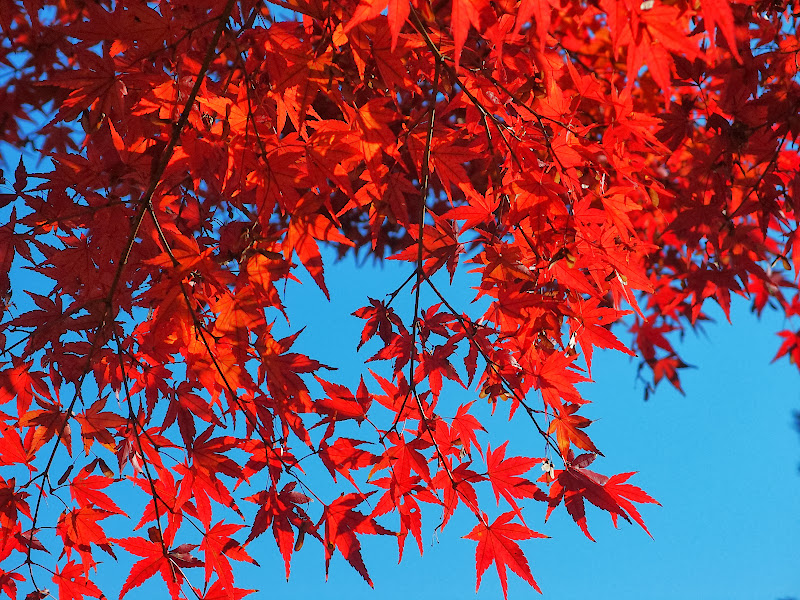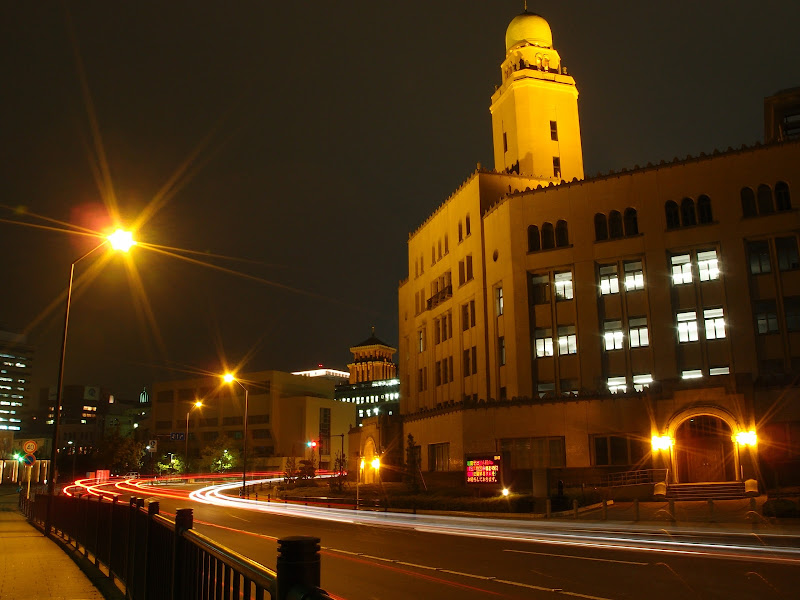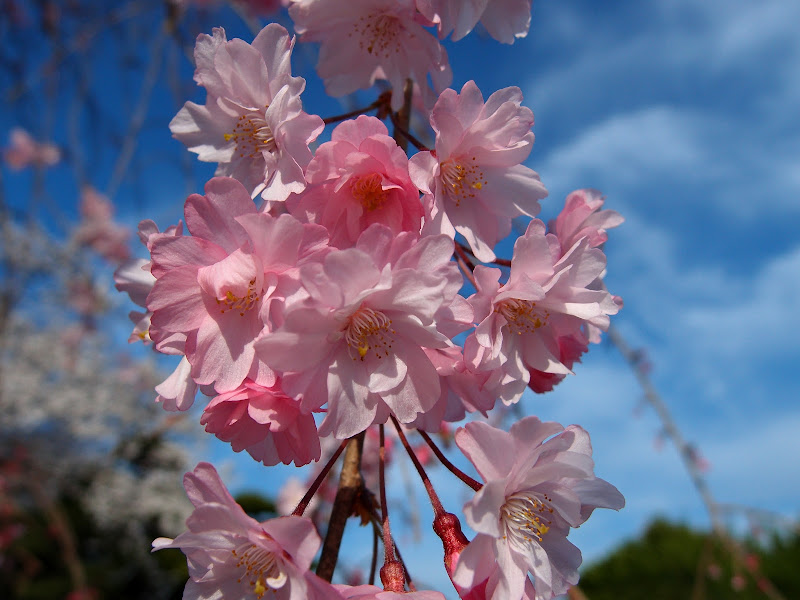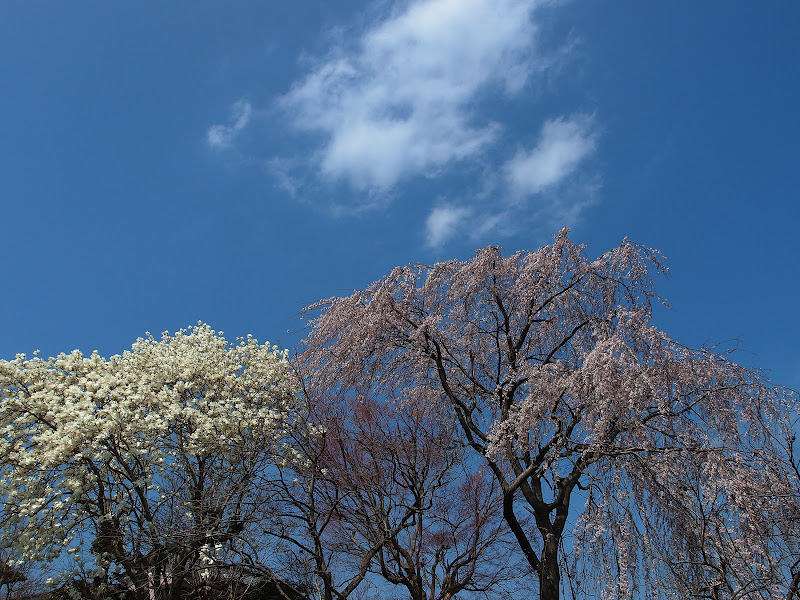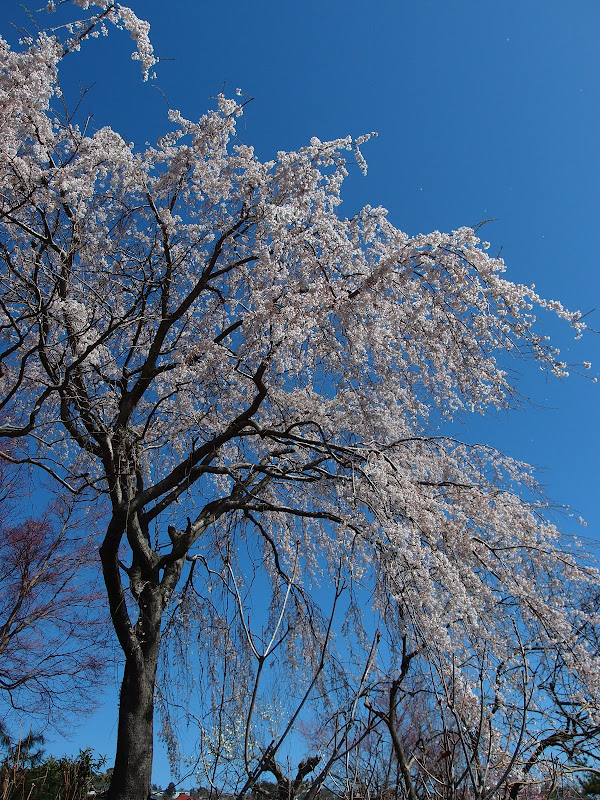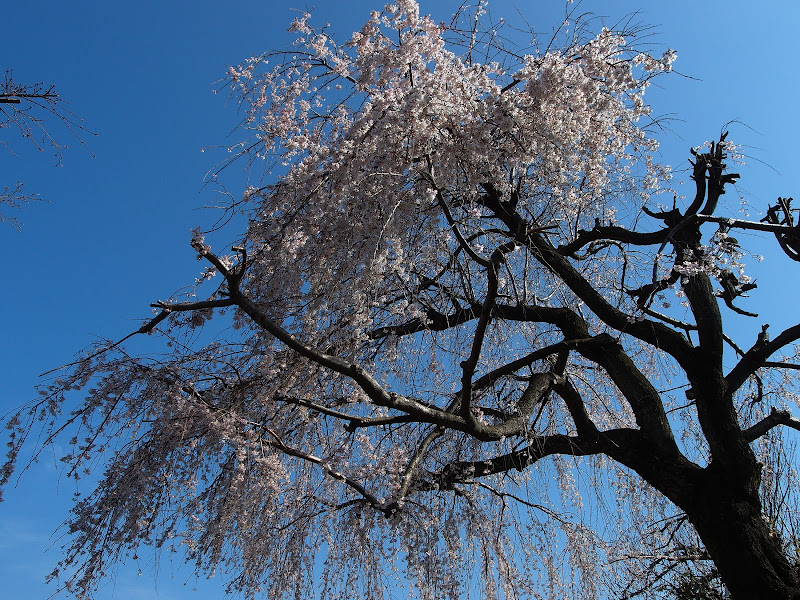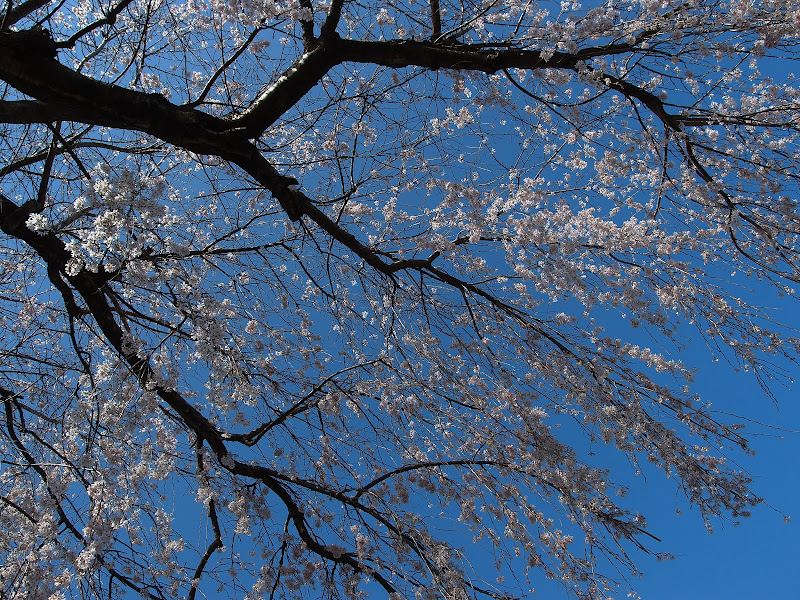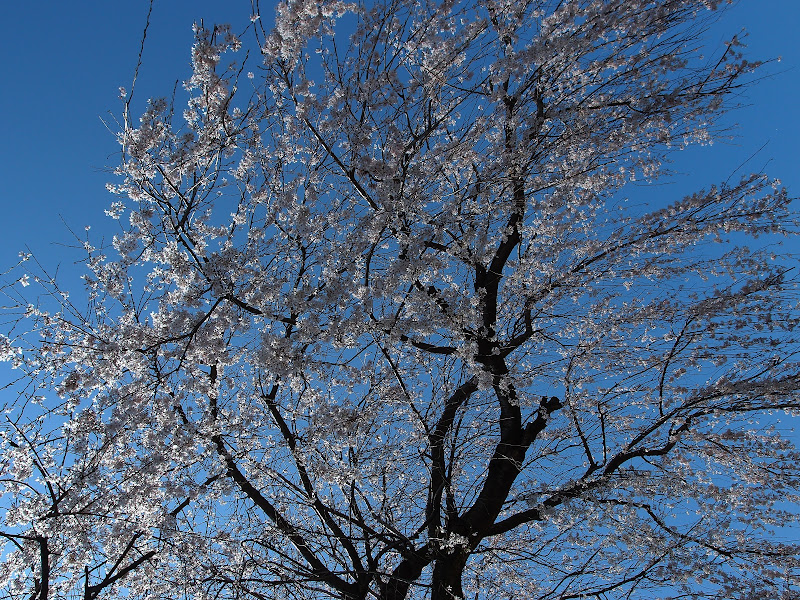" Tabira Lord of Heaven temple "
There is the church in the remote hill among fields.
The historic sense seems to give it.
This frugal space has the appearance is good for the solemn prayer.
" St. Francis Xavier Memorial Church "
8.9.1945, 67 years ago. One bomb was dropped on this neighborhood.
8.9.1945, 67 years ago. One bomb was dropped on this neighborhood.
People take the influence just a moment. More than 70,000 missed.
Most of the towns melted with many citizens. Innocent at all children, women... they can't even run away.
The stained glass is made in Italy Milan City, Alessandro Grassi Corporation.
Today, and tomorrow... The pious prayer will continue.
Here is Hirado-shi, Nagasaki Prefecture.
NAGASAKI is the town with most believers accompanying the Lord of Heaven.
Please forgive us, and please protect us.
Nearer, my God, to Thee...
"神" (shinn, or kami). It is translated as God.
This character is written by Kanzi Regular script.
Etymology : Phono-semantic compound
phonetic 申 (extend) + semantic 示 (show)
"申 (shinn)" is a hieroglyph of the thunder.
The meaning of God came out of the sacredness.
The meaning is Shinto shrine.
This kanji lets the heart rouse feelings to respect our ancestor.
Itself may possess mysterious power.
いと高きところでは、神に栄光があるように。 地の上ではみ心にかなう人々に平和があるように。 ルカ 2:14
Glory to God in the highest, and on earth peace, good will toward men. Luke 2:14
Quiet country scenery is impressive.
This movie is " Tabira Lord of Heaven temple "
Merry Christmas. God bless you all.
A wonderful new year for you and yours.
From the Far East, Japan.
ruma
